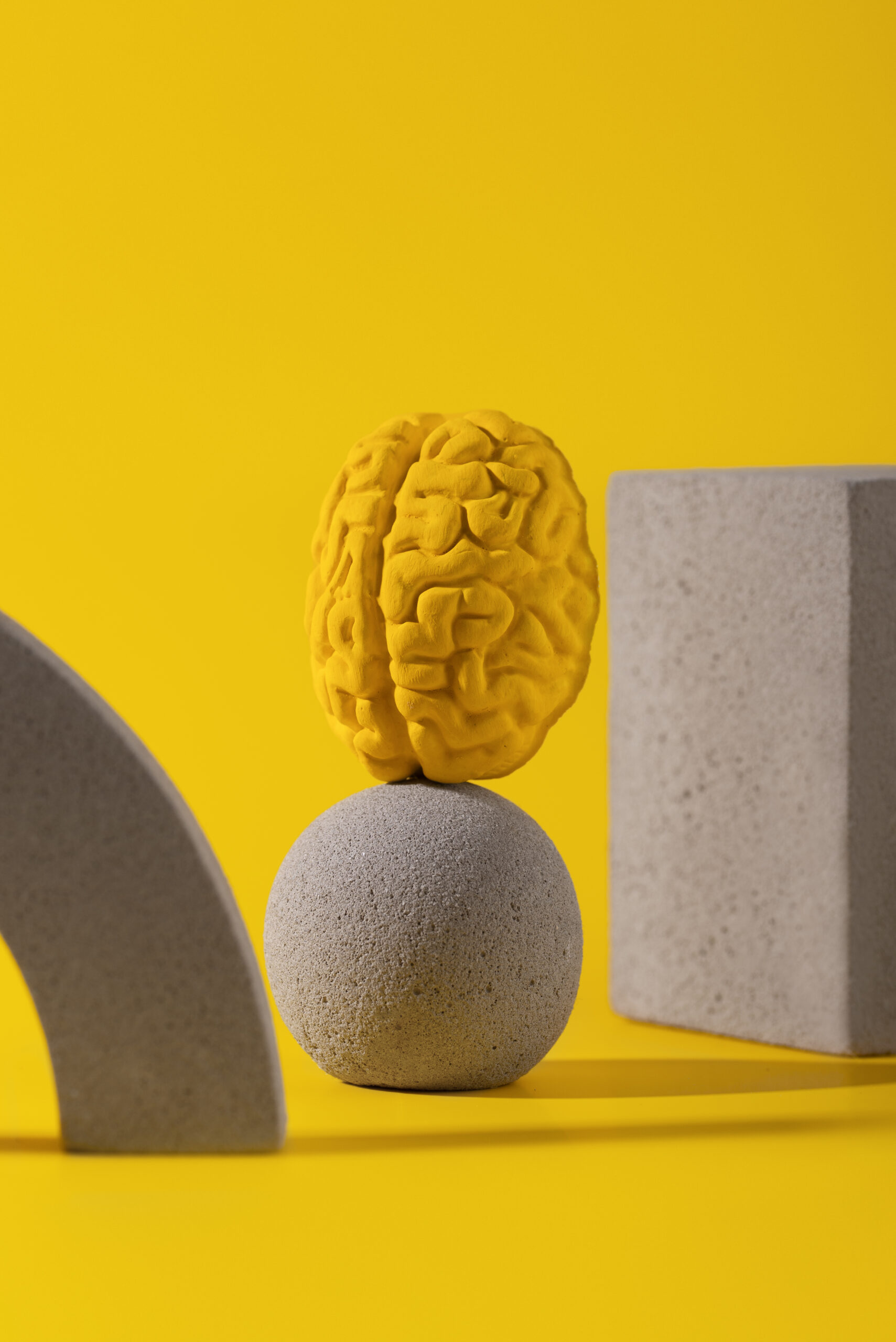Educators of times past gone have always been depicted amidst the surroundings of literary works. Their receding foreheads and hunched backs are illustrated prominently as they are presented in such a fashion as to infer that their everyday occurrences strictly revolve around the never-ending accumulation of knowledge. Their lengthy beards and withered spectacles, a symbol of dedication to the sciences, literature and arts, have inspired younger scholars of our days to follow suit. Enter Artificial Intelligence (AI) along with other modern technological advancements, which expose humanity’s potential to levels of evolution never before conceived. Research requires mere minutes, if not seconds to complete. Whereas, educators of old would dedicate hours or even days to simply gain access to materials and bibliography usually restricted to an entitled few. Ah yes, we now live in the Golden Age of Information and Innovation. ELT has thrived in this context as the blooming question arises, ‘Do we need to uphold or even surpass our personal limitations as educators?’
Perpetual Learning is the foundation of the unremitting pursuit of knowledge. Experts in our field challenge themselves to broaden their horizons via continuous study and adaptation of teaching methods, incorporating tried educational trends in the classroom. However, in some cases, a greater emphasis may be placed on newer, dubious, somewhat unsubstantiated approaches. A portion of educators rely heavily on external assistance, including the aforementioned revolutionary intellect dubbed AI, which many a time can prove to be a trojan horse. Simply put, if it’s out there, it doesn’t mean it always works. More often than not, a lack of adequate preparation and unjustified experimentation can lead to frustration among students.
Here is an example of a bold, yet lackluster approach: “Today, we’ll recite the reading passage in an archaic accent, reminiscent of that used by our forefathers.” OK, I’ll bear with you if you can demonstrate how this is connected to or reinforces the lesson at hand. By the way, who knows how to do an ‘archaic’ accent? Regardless, simply doing this for the fun of it has little to no relevance to the lesson output. Prioritizing novelty over efficacy may lead to disastrous results within the learning environment if not implementing proven and tried methods of teaching. On the other hand, if the passage is supplemented with auditory and visual materials depicting representations of our ancestors, along with historical context, and additional vocabulary, this may actually work. One such proven approach is Content and Language Integrated Learning, or ‘CLIL’ for short.
Implementing other fields of expertise into the delivery model of language learning such as geography, history, and science to name a few, can act as a catalyst to language learning. Studying a history textbook, acquainting ourselves with the idiosyncrasies of the time period and associating it with a reading passage (not just any passage, but one which in this case references history) does ultimately lead to the necessity of enriching and enhancing our own knowledge, via perpetual learning.
How about, “Open your notebooks and translate the text for me.” How do communication skills benefit from this, not to mention real-life language usage? What makes matters even worse, is that it was a grammar lesson a colleague was teaching some few years ago. Don’t get me wrong; a highly educated and affable individual, albeit one who lacked direction. Despite his extensive educational background, his affinity to teaching was lackluster. Perpetual learning in this case is deemed mandatory to familiarize said colleague with more efficient teaching practices, thus, facilitating the potential to cultivate his broad educational knowledge and utilize it effectively.
On the other hand, taking the lesson to extremes would also be counterproductive. Admittedly, educators of our field devote countless hours to personal growth; a commendable feat, indeed. However, radically doing away with the focus material and drastically rectifying a lesson might not always have the desired result, even if it was meticulously planned in advance. Having them, for example, completely do away with the grammar textbook and substituting said lesson solely with orally delivered prompts that are grammatically enriched but bland, the final outcome would be, at best, mixed. Even if said prompts reflect the teacher’s research, they will only enhance the potential of a select few students, rather than catering to everyone’s specific educational needs and abilities. A simple approach to alleviating this predicament would be to incorporate innovative methods with the goal of embedding the target grammar of the textbook in an engaging manner, such as through gamification. The time allocated to familiarizing oneself to this method through training and research will most certainly pay off in the long run and bear fruit within the learning environment. All students involved would most certainly benefit from this as the educator’s expertise will be effectively reflected through 21st century skills and entertainment, accommodating learners of varying potential.
If we choose to radically alter the foundation of our lessons for the sake of innovation, we may jeopardize the ideals of teaching. As educators, we have an obligation to transcend our own expertise; to challenge our limits to the point that we are not only wiser in our fields, but actually know how to impart that wisdom to others. We the teachers are obliged to strike a balance between reverence of innovation and that of relevance to our field of expertise. Advancing our knowledge and incorporating it within the ELT structure requires constant dedication, a level head, and the intuition to realize the potential it bears.

